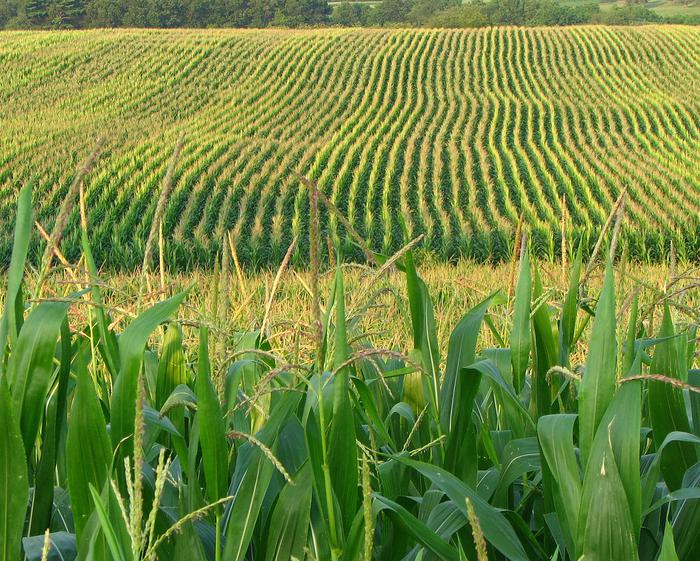Climate change cost American soybean farmers an estimated $11 billion in unrealized potential yield in the past two decades, according to a new study published by university researchers.
The study’s researchers included James Specht, emeritus professor of agronomy and horticulture at the University of Nebraska-Lincoln. Specht assisted lead researchers Spyridon Mourtzinis and Shawn Conley of the University of Wisconsin in developing and reviewing the study.
U.S. farmers have increased soybean yields in the past 20 years by about one-third of a bushel per acre per year, Specht explains. Those gains, of about 0.8 percent a year, resulted from adoption of higher-yielding soybean varieties and improved farming methods. But the gains would have been 30 percent higher if it weren’t for the higher temperatures and changing rainfall patterns resulting from climate change, the researchers concluded in their paper published in the journal Nature Plants.
The United States experienced a warming trend throughout the May-September growing season from 1994 to 2003. Rainfall patterns have changed as well, increasing in spring and fall but declining in June, July and August. Mourtzinis and Conley compared soybean yields in 12 soybean-producing states to month-by-month temperature and rainfall changes. They found soybean yields declined by about 4.3 percent for every 1 degree Fahrenheit rise in average growing season temperatures.
They also found that changing rainfall patterns cut into soybean yields. They dropped when May, July and September were wetter than normal. They also dropped if June and August were drier. “We were able to leverage decades of measured ― not estimated ― yield data from across the country, to account for agronomic and genetic yield advances and to isolate the impact of climate change on soybean yield and yield gain,” Conley says.
Successfully adapting to climate change depends upon where and when the crop is grown, Specht and the other researchers say. They found that some states saw improved soybean yields as a result of climate change, though not enough to offset the reduced yields seen in bigger producing states. Specht says soybean production has increased in northern states and Canada because of warmer temperatures and changing rainfall patterns.
“Due to warmer springs and falls that allow for longer growing seasons in the Dakotas and southern Canada, soybeans now are being grown in places where in the past they could not be grown,” he says.










